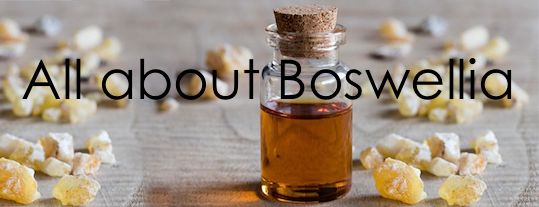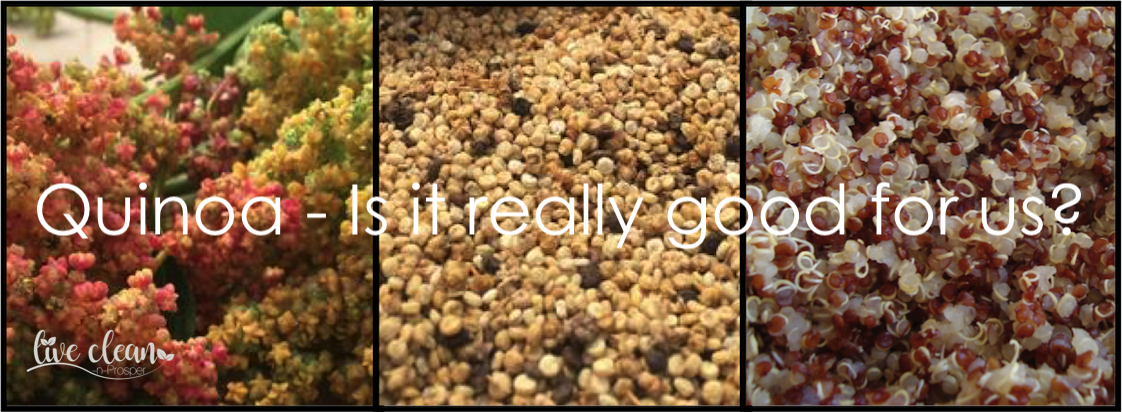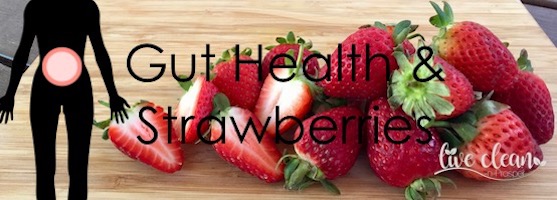Today’s post is about a herbal supplement called Boswellia.
Scott and I have been talking to several people recently about this product. So I thought it would be a good idea to share what we know about it.
So what is Boswellia?
The Boswellia are a species of trees located in India, Ethiopia, Somalia, and the Arabian Peninsula. They produce a gum resin called Olibanum, also known as Frankincense.
Historically, Boswellia use was divided into three categories: religious, cosmetic and medicinal. The Egyptians used the gum, or frankincense, to embalm their dearly departed. The Egyptian women also made heavy kohl eyeliner by grinding it into a fine powder.
Roman and Greek Catholics also used frankincense as incense in rituals.
However, boswellia was most prominently utilised for its medicinal properties. The Chinese used boswellia as a stimulant, a topical ointment for injuries, mouthwash for mouth and throat problems, and pain reliever for menstrual discomfort.
In India, the Ayurvedic practice relied on boswellia to help treat: arthritis, bursitis, diarrhoea, urinary disorders, asthma, coughs and many other ailments.
In todays medicine?
Over 200 different compounds have been identified in the resin of different Boswellia species that have been studied. The most active component of the resin was identified to be Boswellic acids. These acids have shown to possess anti-inflammatory, anti-arthritic, and analgesic properties.
The boswellic acid in the herb assists with preventing leukotriene formation in the body. Leukotrienes have been identified as a cause of inflammation and possibly a trigger for asthma symptoms.
Common side affects of non-steroidal anti-inflammatory drugs (such as aspirin and ibuprofen) is damage to joint cartilage in arthritic conditions. Studies have found that the boswellic acids significantly reduce damage to the cartilage caused by inflammation.
A clinical trial conducted in India has shown that the extract can reduce pain and considerably improve knee-joint functions. in some cases providing relief even within seven days. Clinical trials of the gum resin alone have shown to improve symptoms in patients with osteoarthritis, and rheumatoid arthritis.
(Sources –www.ncbi.nlm.nih.gov, www.mercola.com, ww.sciencedirect.com)
What conditions can it assist with?
Boswellia serrata can assist in reducing body inflammation.It can be used to treat conditions like osteoarthritis, rheumatoid arthritis and inflammatory bowel disease. It’s also a painkiller, and can help inhibit cartilage loss.
It can be used to alleviate asthma and may have protective effects against diseases like leukaemia and breast cancer.
Boswellia is typically given as an extract standardised to contain 37-65% BAs (yielding 150–200 mg per capsule). It has been well tolerated in most studies with few side effects. Although a few rare symptoms have been reported including, stomach discomfort, nausea, acid reflux, or diarrhoea.
Today, you can purchase boswellia either as a resin, pill, liquid, cream or powder.
Our personal experience with boswellia has been very positive. Scott’s mother suffers from osteoarthritis and has found a significant reduction in pain and inflammation since taking it.
I hope this information helps you or a family member who may have joint pain or inflammation.
Till the next post,
Live clean n prosper



